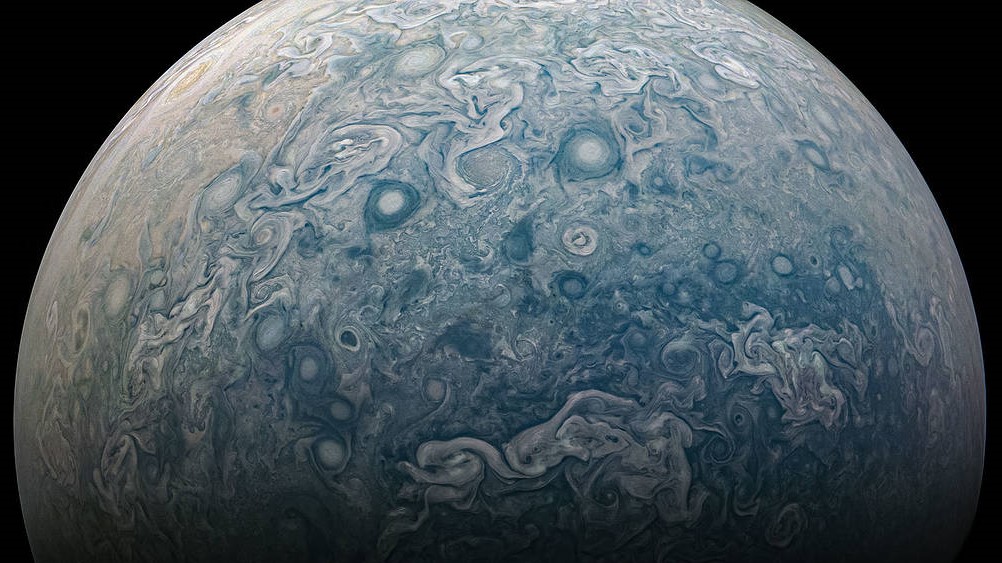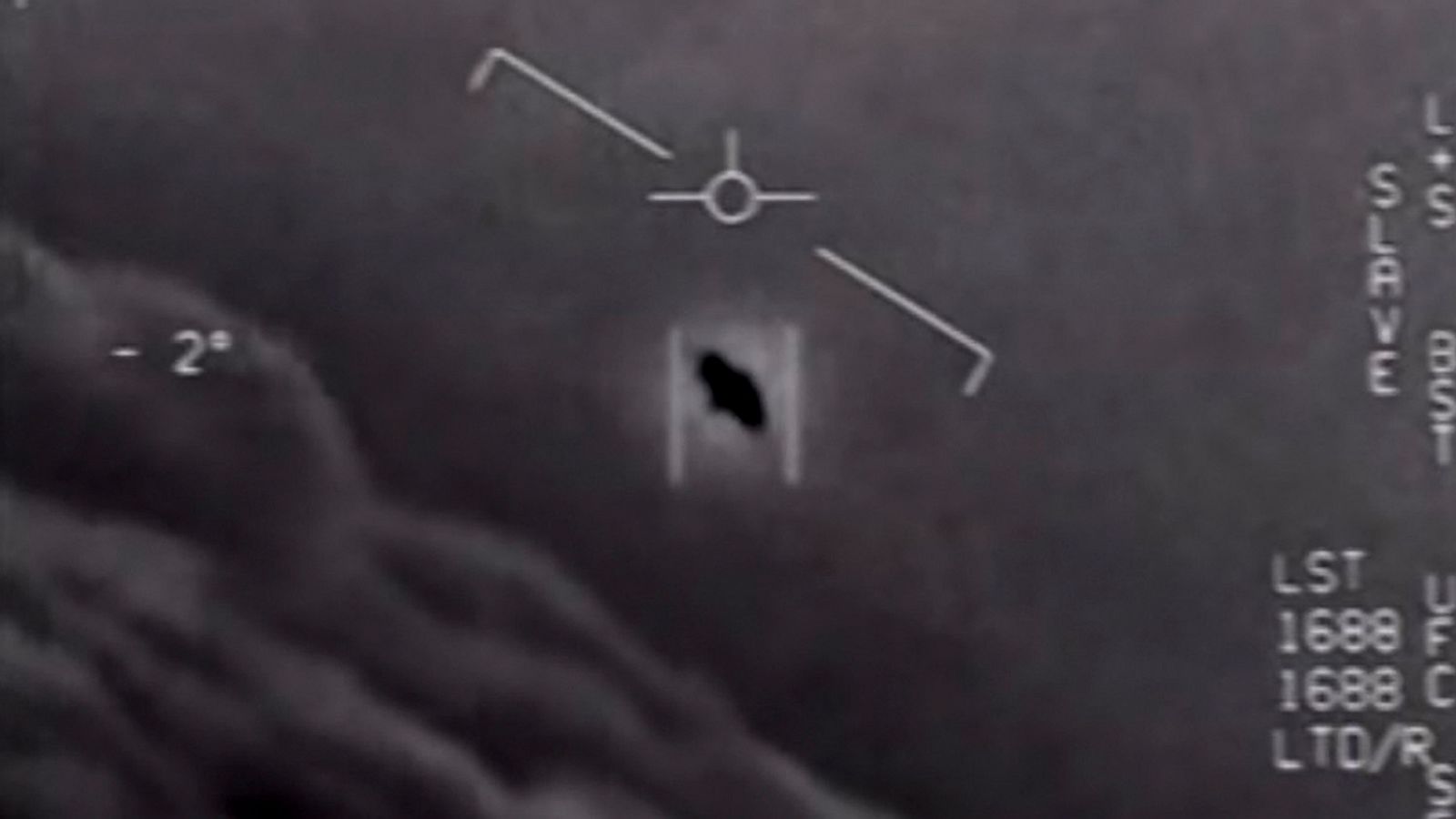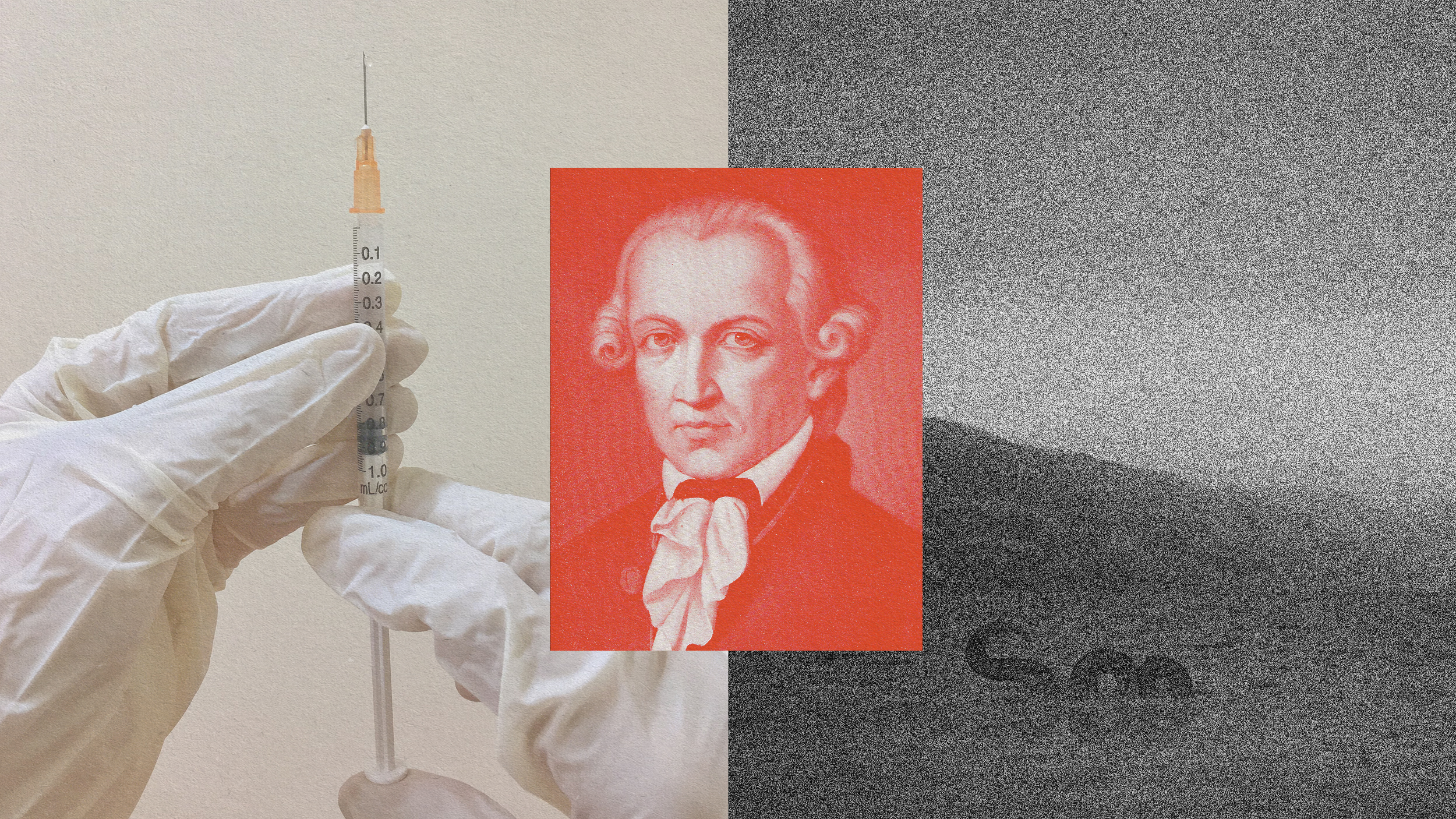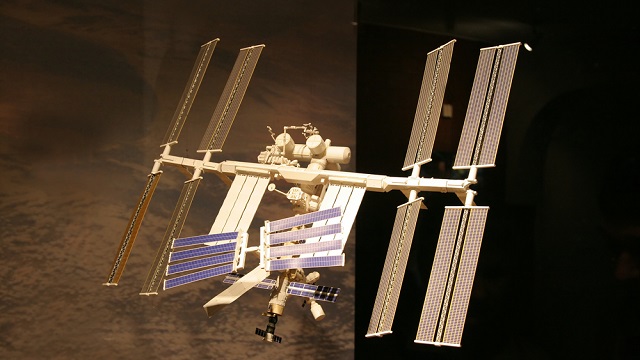First-Ever Exoplanet Cloud Map Created

What’s the Latest Development?
After reviewing three years’ worth of images from NASA’s Kepler and Spitzer space telescopes, an international team of astronomers led by MIT’s Brice-Olivier Demory has created the first-ever cloud map of a planet outside our solar system. That planet, Kepler-7b, is 1.5 times the radius of Jupiter and is in a very close orbit around its sun. Kepler’s images showed a mysterious bright spot in its western hemisphere that was identified — with the help of Spitzer’s infrared vision — as light reflecting from high cloud tops. A paper describing the findings is online and will appear in a forthcoming issue of Astrophysical Journal Letters.
What’s the Big Idea?
Kepler-7b was one of the first of over 150 exoplanets discovered by Kepler, which was recently sidelined after nearly four years in orbit due to technical issues. NASA Astrophysics Division director Paul Hertz says that the combination of Kepler’s and Spitzer’s collected data gives scientists “a multi-wavelength tool for getting a good look at planets that are trillions of miles away…[W]e are moving beyond just detecting exoplanets, and into the exciting science of understanding them.”
Photo Credit: Shutterstock.com





